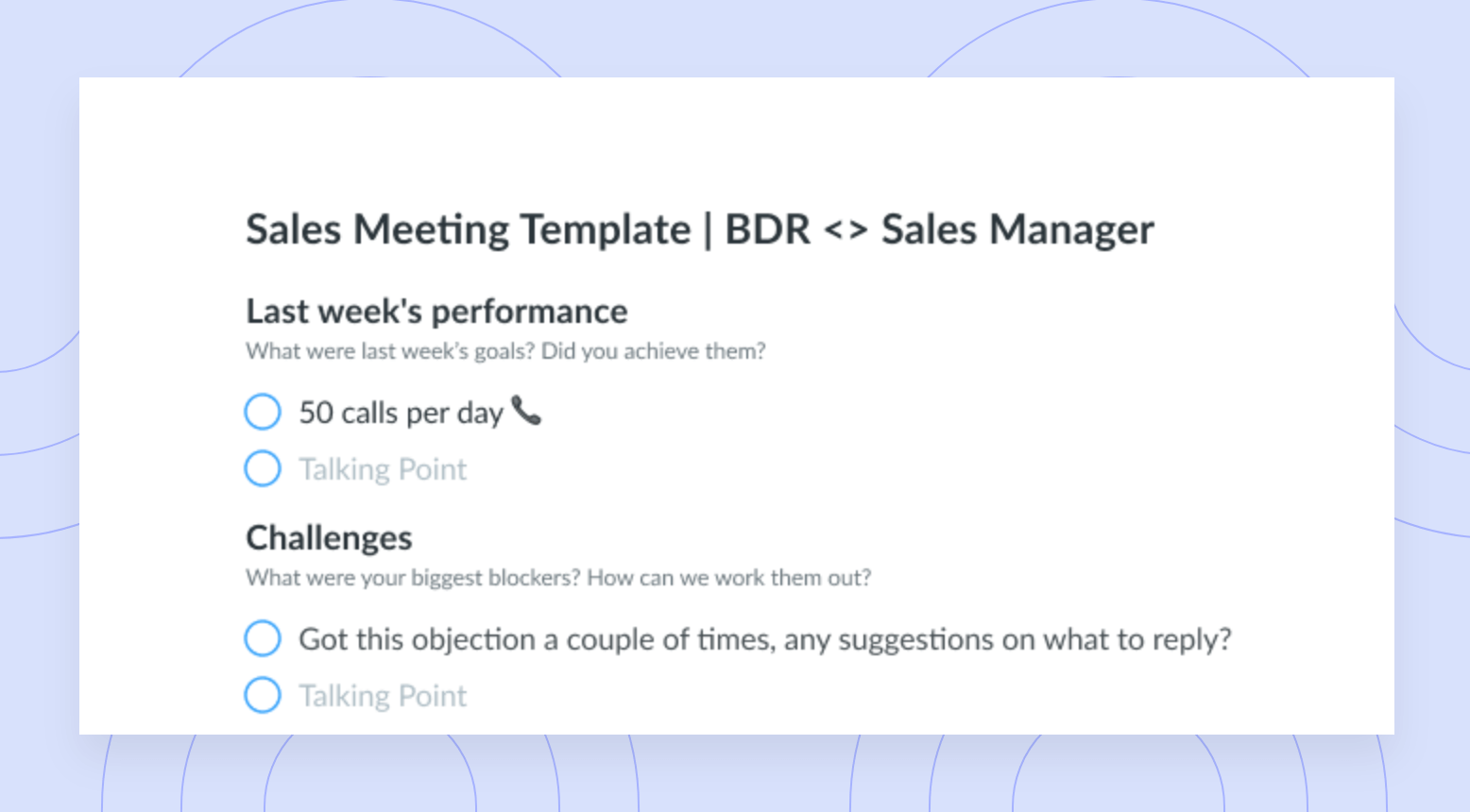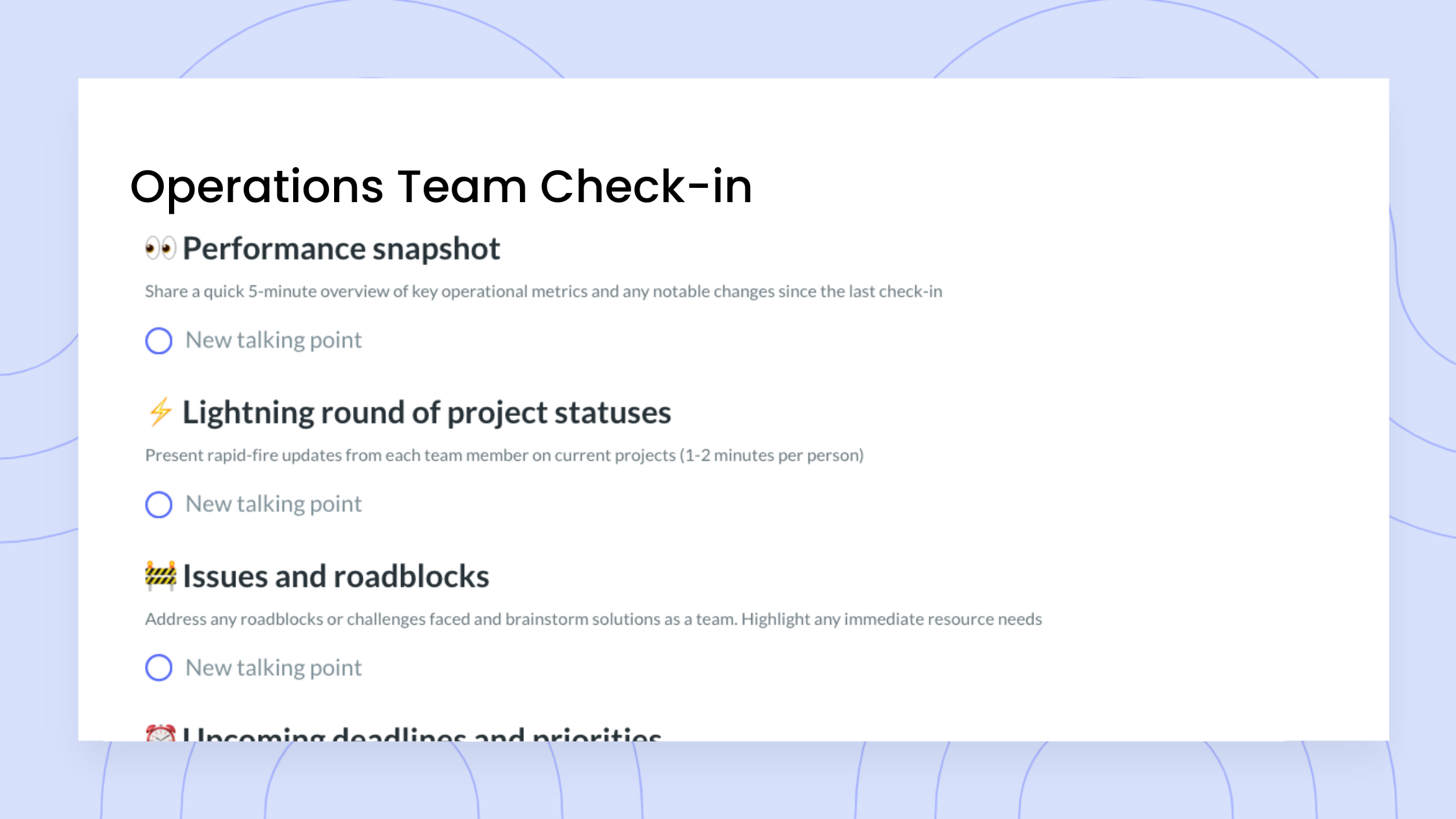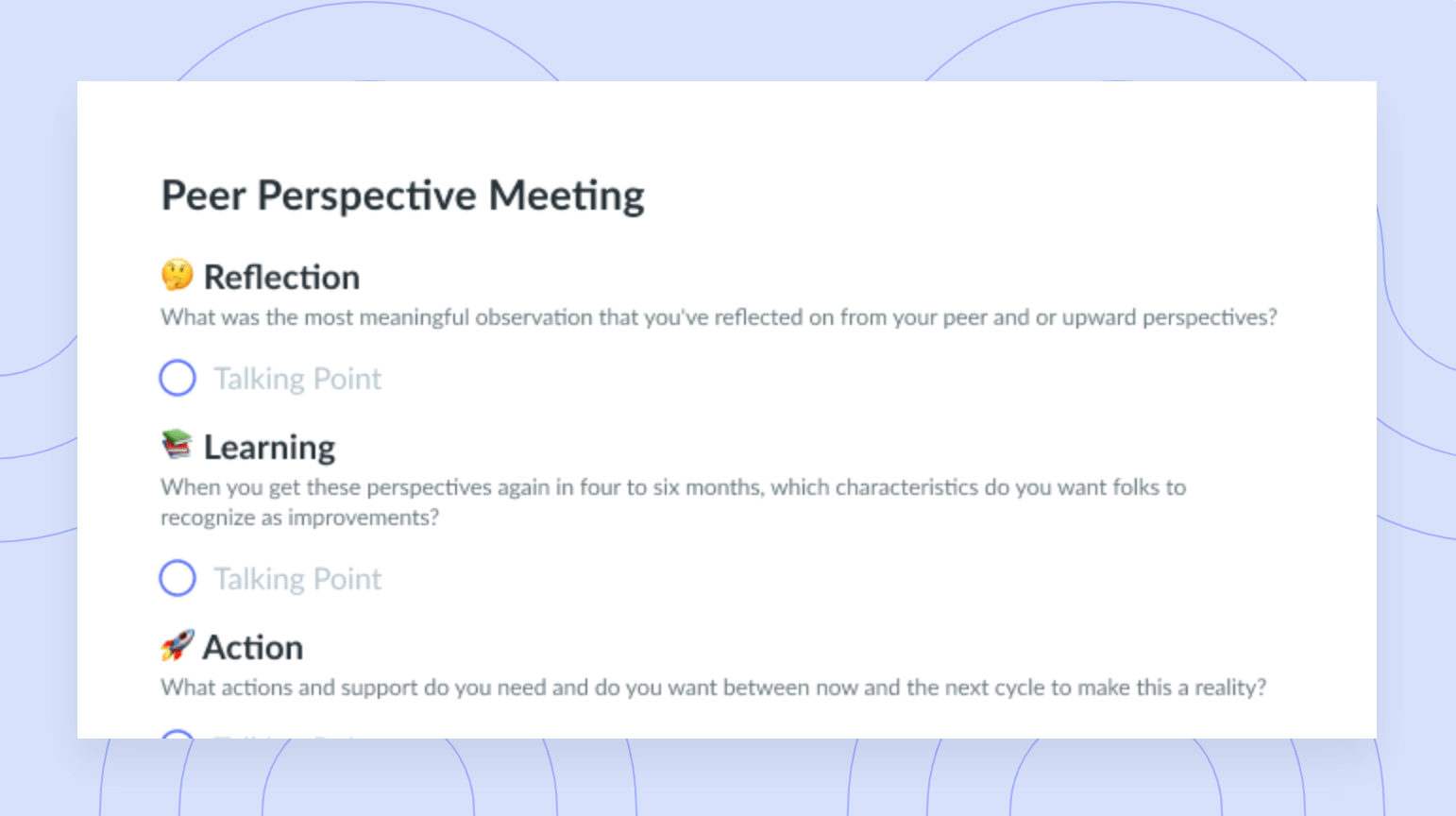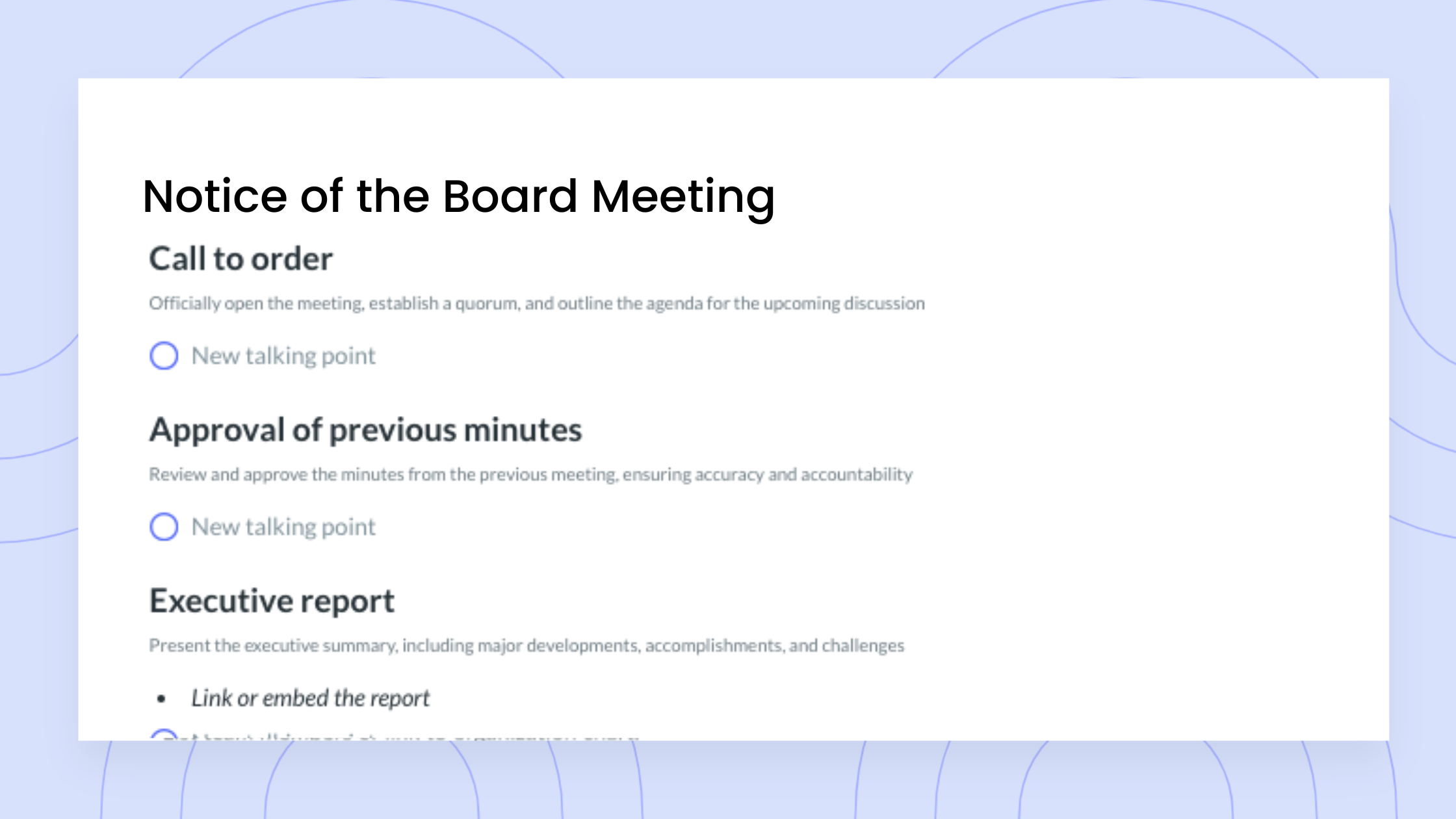7 Tips to Create a Culture of Productive Conflict
Creating a culture of productive conflict relies on good leadership and a willingness to be solution-focused.
Conflict happens all the time. What happens after conflict begins is the result of leadership. A good leader can redirect and manage conflict to be productive; a poor leader, well, might just create more conflict.
The Government of Canada released findings around evaluation of their internal conflict management system and found that 65% of respondents encountered some type of conflict in the workplace. From the same study, 59% of respondents actually did something to manage the conflict. What happened to the other 41% is something we’ll never know.
What we do know and can learn from is that the 65% of employees who faced conflict could be taught better ways to make conflict productive if they have a leader who is ready to help empower them to do so!
- What is productive conflict?
- The benefits of productive conflict
- Types of conflict
- How to create a culture of productive conflict
What is productive conflict?
Productive conflict means getting value out of your disagreements. When something goes awry in your project or you’re struggling to look at things the same way as someone else, try viewing the conflict as an opportunity. The other individual may have a unique perspective that you may not be able to see or understand yet. Or, some information may not have been clearly communicated to all parties involved, which could be the cause of the conflict. Through productively communicating through your disagreements, you can find better ways to communicate, process, organize, and deliver on your project requirements, meaning conflict will end up making your work even better!

Create a culture of productive conflict
Reach and document a mutually agreed-upon solution to foster productive conflict with a collaborative agenda that the whole team can contribute to. Try using a tool like Fellow!

The benefits of productive conflict
- Creates a psychologically safe environment
- Fosters healthy communication
- Facilitates a culture of learning
1Creates a psychologically safe environment
Having a psychologically safe environment at work is critical for enabling employees to express their full thoughts and feelings about work activities. It means creating an open atmosphere that welcomes feedback and constructive criticism, and uses data rather than only biased opinions to make decisions.
When employees grow in a psychologically safe environment, they take more risks as they no longer fear the effects of failure. A culture of experimentation develops, and employees are encouraged to reflect on and learn from this experimentation.
2Fosters healthy communication
A 2011 peer-reviewed study described trust as a consequence of healthy communication. The study states, “trust and commitment do not just happen; they are forged and maintained through effective communication.”
Productive conflict forces effective communication to occur by asking each member involved to describe their complete perspective. It also encourages employees to practice actively listening to other perspectives and to consider the impacts and possible added value of other opinions to the conflict at hand.
3Facilitates a culture of learning
In a culture of productive conflict, you also build a culture of learning. The more that employees get into the practice of taking time to see other perspectives from other employees mid-conflict, the more likely they’ll be to take this practice into other areas of their role. Your employees can begin to look for the other perspectives in all of their projects, which can greatly help in many roles that work closely with your customers (like marketing, sales, product development, and customer success).
Types of conflict
1Constructive
Constructive conflict enables the parties involved to build. This type of conflict does so by facilitating a calm, professional environment where all parties have a chance to communicate their points of view. All parties can also come to a mutual agreement relatively easily and can work on an action plan for solving the problem at hand. When discussing the happenings of the conflict, all parties are open to learning more about what went wrong and will only rely on a professional tone of voice to communicate their concerns.
2Destructive
Destructive conflict does not enable relationships to heal or grow, and unfortunately, destructive conflict comes in many forms. Some examples include raising voices, using physical aggression, or employing manipulation tactics to get a point across. To create destructive conflict, only one involved party needs to be uninterested in solving the conflict productively through calm communication and collaboration. The result of this negative conflict is decreased productivity, delayed projects, and damaged relationships.
How to create a culture of productive conflict
- Identify your ideal conflict culture
- Be solution-focused
- Understand your team members’ conflict styles
- Show the value in a difference of opinions
- Find a mutually agreed-upon solution
- Allow team members to express their ideas
- Keep emotions in check
1Identify your ideal conflict culture
Setting expectations with your team early is a key step in building a culture of productive conflict. Some things you may want to consider when ideating on your ideal culture include:
- What communication channels should be used when managing conflict?
- At what point is conflict raised to a higher manager?
- Are there any times when conflict needs to be “paused” to be dealt with at a later time?
- What is considered unacceptable in the conflict management process?
- What steps are considered acceptable for conflict resolution strategies?
2Be solution-focused
To maximize productivity from conflict, all parties need to be solution-focused. This means that the priority is creating an agreement on a solution that can solve the issue at hand, even if it means the final chosen solution was not your idea or ideal choice.
Being solution-focused also means working with a team mindset, to do what is best for all parties involved; it means encouraging others in the group to work towards the same goal if members are getting off-track or are not maintaining a solution-first mindset.
3Understand your team members’ conflict styles
When you’re first building your company’s conflict culture, it’s important to remember that your team members’ individual approaches to conflict likely differ greatly from each other. Some employees may be more likely to be loud or direct when faced with conflict; others may shy away or suppress their feelings.
Altering an employee’s natural approach to conflict can take a long time. One way to help this transition is by building a psychologically safe environment where employees feel comfortable with the challenge of learning a new way to approach conflict.
4Show the value in a difference of opinions
Often, employees have different experiences, backgrounds, knowledge, and approaches to their work. One employee may have knowledge or experience from a previous, similar, challenge that can be shared with others. More opinions can open the door to more diverse solutions.
If you’re managing conflict across teams that don’t know much about each other, impact assessments might help them to gain more perspective. To consider how each idea might affect others involved, consider making it a group exercise to ideate 2-3 solutions and then write down the impacts of each idea on each team. This exercise might also help to encourage other new ideas.
5Find a mutually agreed-upon solution
Part of being solution-focused is finding a solution that works for everyone. Beyond working together on impact assessments of each solution, you also want to remind employees that compromises likely need to be made. If teams are struggling to make compromises, ask each party to identify the one highest-priority result they need from the solution and seek to incorporate as many people’s priorities in the solution as possible.
Introducing a problem-solving meeting can be a great way to block time out for handling the conflict. Below is a template to guide you on your first go at organizing a problem-solving meeting, whether it’s for you or for other members of your team.

6Allow team members to express their ideas
Encourage your employees to speak up about any ideas they may have for resolving an ongoing issue. Try practicing a team brainstorming approach to generate ideas from all parties involved in the conflict.
If an employee is noticeably struggling to identify or communicate ideas, it might be worthwhile to work one-on-one with them to walk through the conflict. Some workplace challenges are more sensitive than others, and employees may have personal experiences that make conflict difficult. Keeping the option open to have one-on-one meetings to discuss conflicts can accommodate these members of your team.

7Keep emotions in check
Even constructive conflict can easily warp into destructive conflict if teams are not actively engaged in being productive and solution-focused. It’s difficult to think through impacts and other perspectives in the heat of the moment. If you feel like you or your team is unable to effectively communicate in a calm or professional manner when engaging in constructive conflict, it’s likely worth putting the conflict on “pause.” Take a walk, listen to music, or have a good night’s sleep before jumping back into the discussions.
Parting advice
The most difficult part of building a culture of productive conflict will be managing the multiple approaches to conflict that each individual already has from their own life of experiences. Handling conflict slowly and mindfully is the best way to encourage all parties to be solution-focused and to consider all perspectives. Again, keeping the option open for one-on-ones can also provide a safe space to members of your team who need it, or to sort out more complex problems that aren’t yet ready to be discussed with a wider team.




























